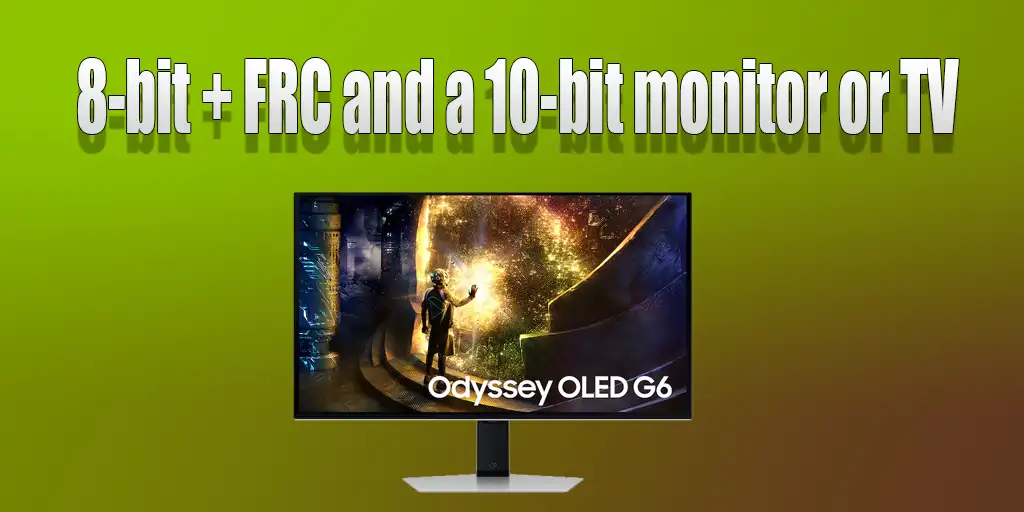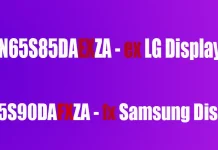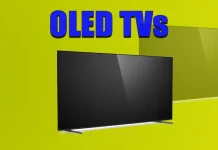The difference is the quality of color reproduction; the more bits, the better. Today’s premium QLED and OLED displays, be it a monitor or a TV, are impressive in their capabilities and image quality. One of the key characteristics is the color depth, which determines the number of shades the display can reproduce.
10-bit screen color depth
When you use a true 10-bit monitor or TV, you can access a whopping 1.07 billion shades. This is achieved by the fact that each pixel can display 1024 shades of each of the RGB colors (red, green, blue), which speaks to the quality of the display’s manufacturing, advanced materials, and improved pixel control circuitry, roughly speaking, each pixel has 1024 states. The result is smooth transitions and incredible detail, giving any images and videos realism. It all looks fantastic, but it comes at a price and is sometimes excessive for everyday use.
8-bit screen color depth
Monitors and TVs with 8-bit color depth can display 16.77 million shades thanks to 256 gradations of each RGB color. The difference between 8-bit and 10-bit displays is noticeable: on 8-bit monitors, transitions will be slightly less smooth, and color gradations will be less subtle. Despite this, 8-bit displays provide decent picture quality, but most users will notice the difference between an 8-bit and 10-bit display.
8-bit + FRC – a compromise solution
FRC (frame rate control) technology allows 8-bit displays to mimic the billions of colors produced by 10-bit displays. This is achieved by rapidly switching between two close colors, giving the eye the impression of a smooth transition by showing two different colors in two consecutive frames, the human eye does not have time to track the color change and perceives an intermediate color in the two frames, which the display cannot actually show. Technically, a monitor doesn’t reproduce all those billions of colors, but humans will perceive more shades.
When 10 bits are needed
In most cases, an 8-bit + FRC monitor or TV will be sufficient for any task. However, if you work in visual studios or do graphic design, 10-bit technology will be indispensable.
For the rest of the users, 8-bit + FRC remains an affordable and excellent option, even if it cannot display a billion colors.
For reference, studies have shown that most people distinguish about 10 million shades, but the nuance is that smooth transitions are more familiar to humans and are perceived better, enhancing the overall impression of the image; besides, it does not mean that a person sees 3.3 million of each shade, someone sees 2 million blue shades and 5 million green shades, someone vice versa, so displays with more color palettes are generally perceived much better than displays with less color depth.






